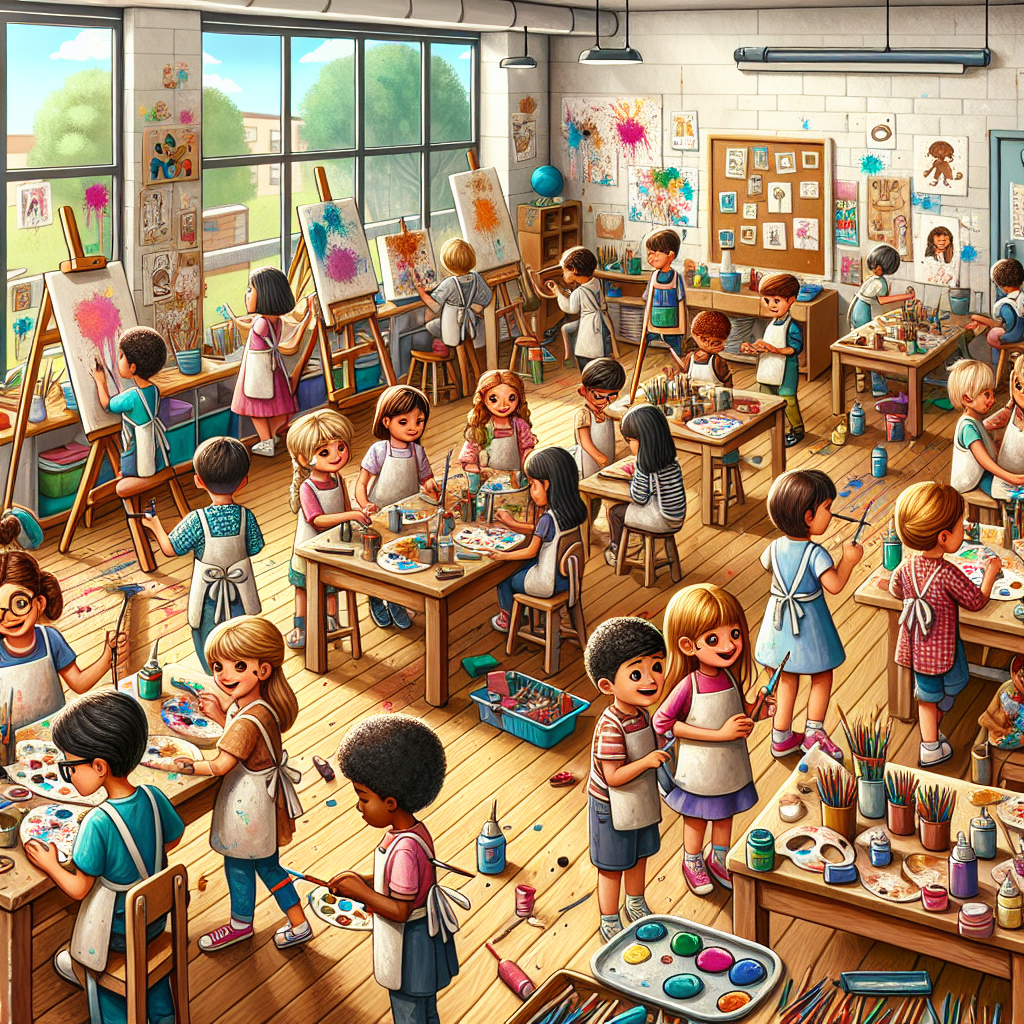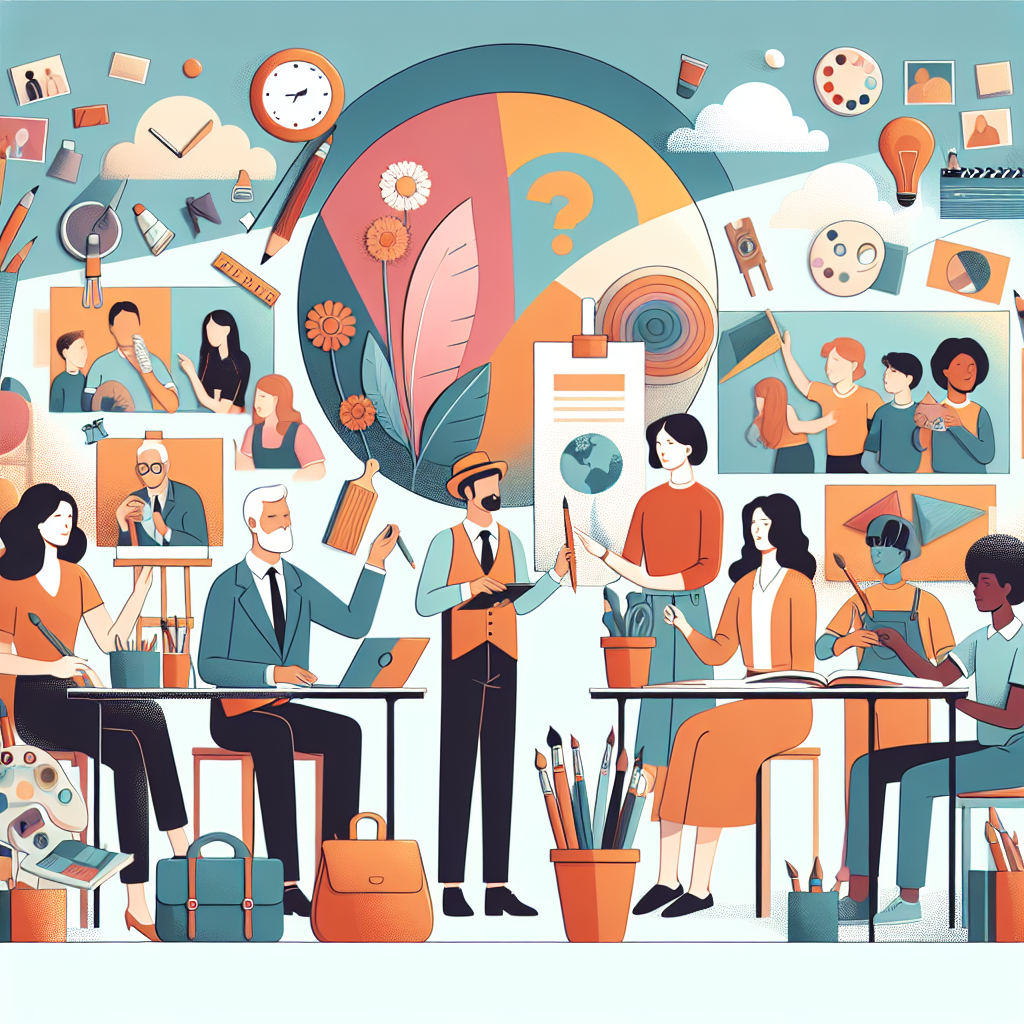In today’s digital age, when STEM fields are frequently heralded as primary avenues for future success, there exists a school of thought stating that an equally vital ingredient has been undervalued: Art education. While less tangible in its results, an enriched art education can nurture a unique set of skills ranging from critical thinking to emotional intelligence. Recently, such programs have been experiencing noteworthy expansions across various schools and colleges.
The benefits of engaging with arts are not confined to cultivating creativity alone but extend to promoting good health too. Research shows that participation in artistic activities helps alleviate anxiety symptoms, enhance cognitive abilities, improve concentration levels – contributing positively towards overall mental well-being.
Weaving through these corridors of creativity are individuals whose worlds have transformed due to their engagement with art. Their journeys speak volumes about how this expanded access has altered their life trajectories for the better.

Sarah Jenkins, diagnosed with severe depression at a tender age of twelve found solace in painting after being introduced to it at her school’s new Art Club run under this expanded program. ‘Brushes became my friends,’ says Sarah ‘and colors began narrating my story.’
New research developments suggest that neuroscience can provide a window into how artistic activities stimulate different areas of the brain, leading to improved stress management and mental resilience. On top of that, schools indulging in art education help develop neuroplasticity among children thus preparing them for unexpected challenges.
Much like these preventive strategies against adverse health conditions through arts, support resources paint an equally inspiring picture – individuals and organizations who join hands to aid this cause. One such soldier is acclaimed artist Jenny Holzer who donated proceeds from her artwork sales towards boosting art programs in underprivileged schools.


